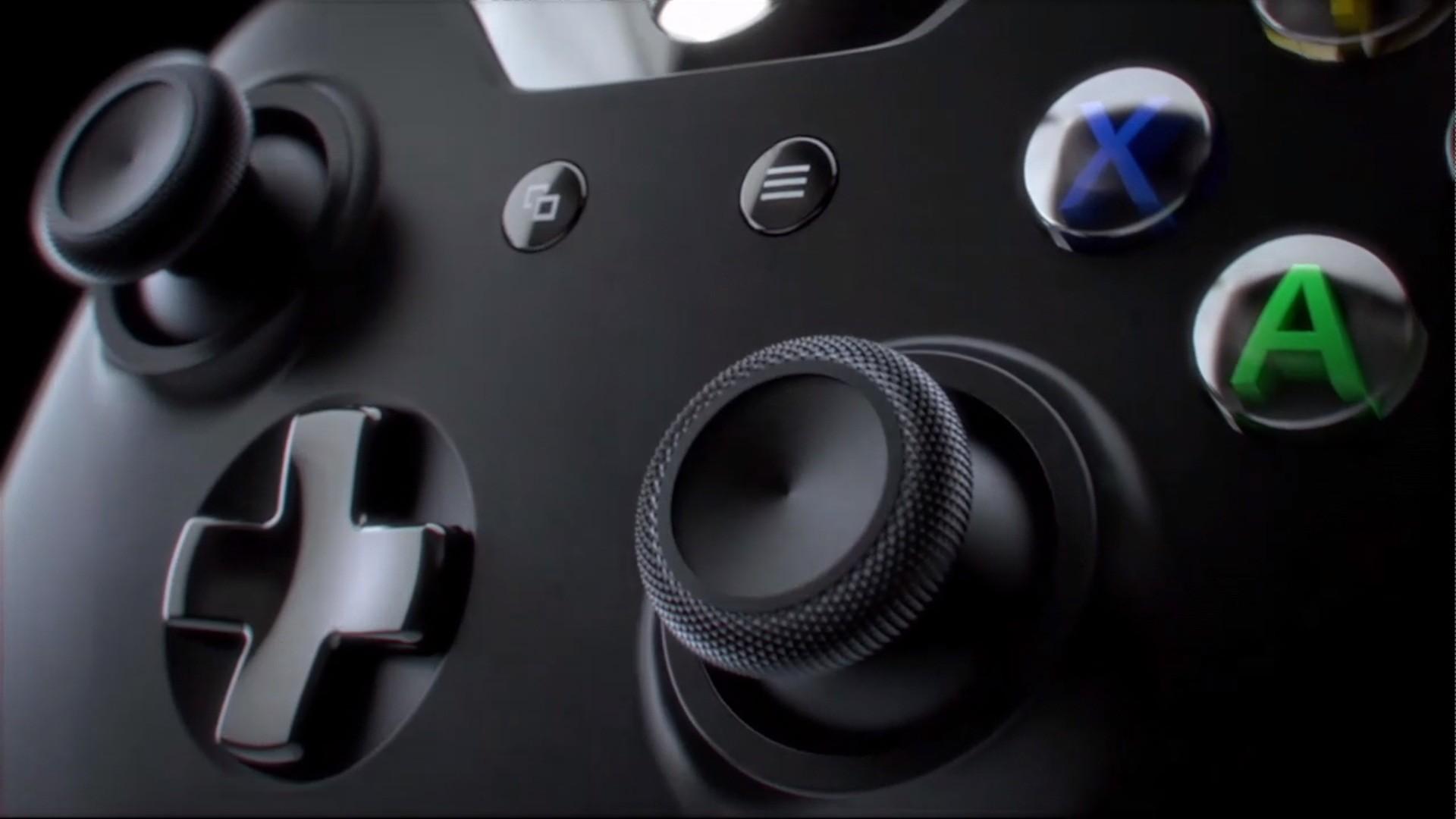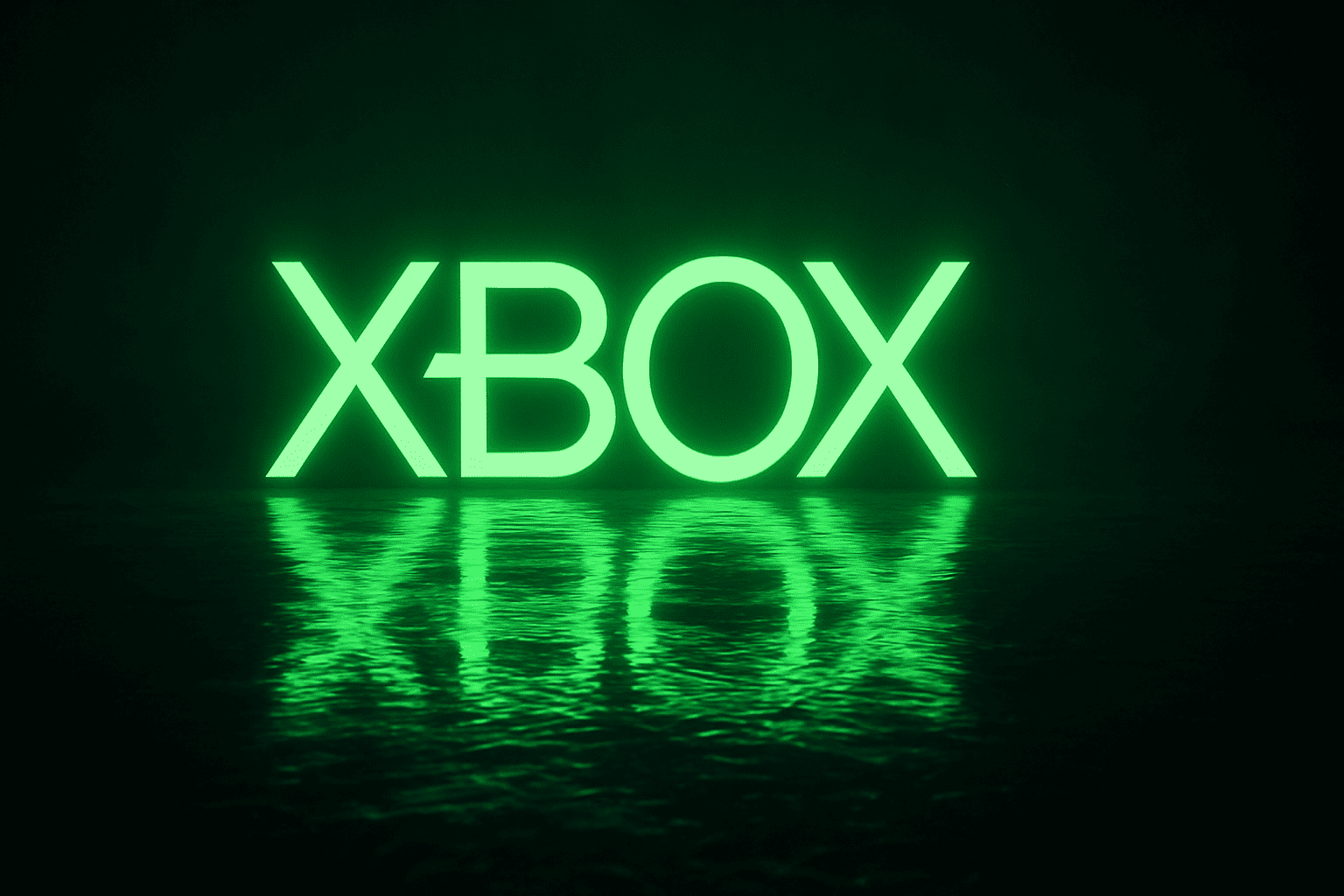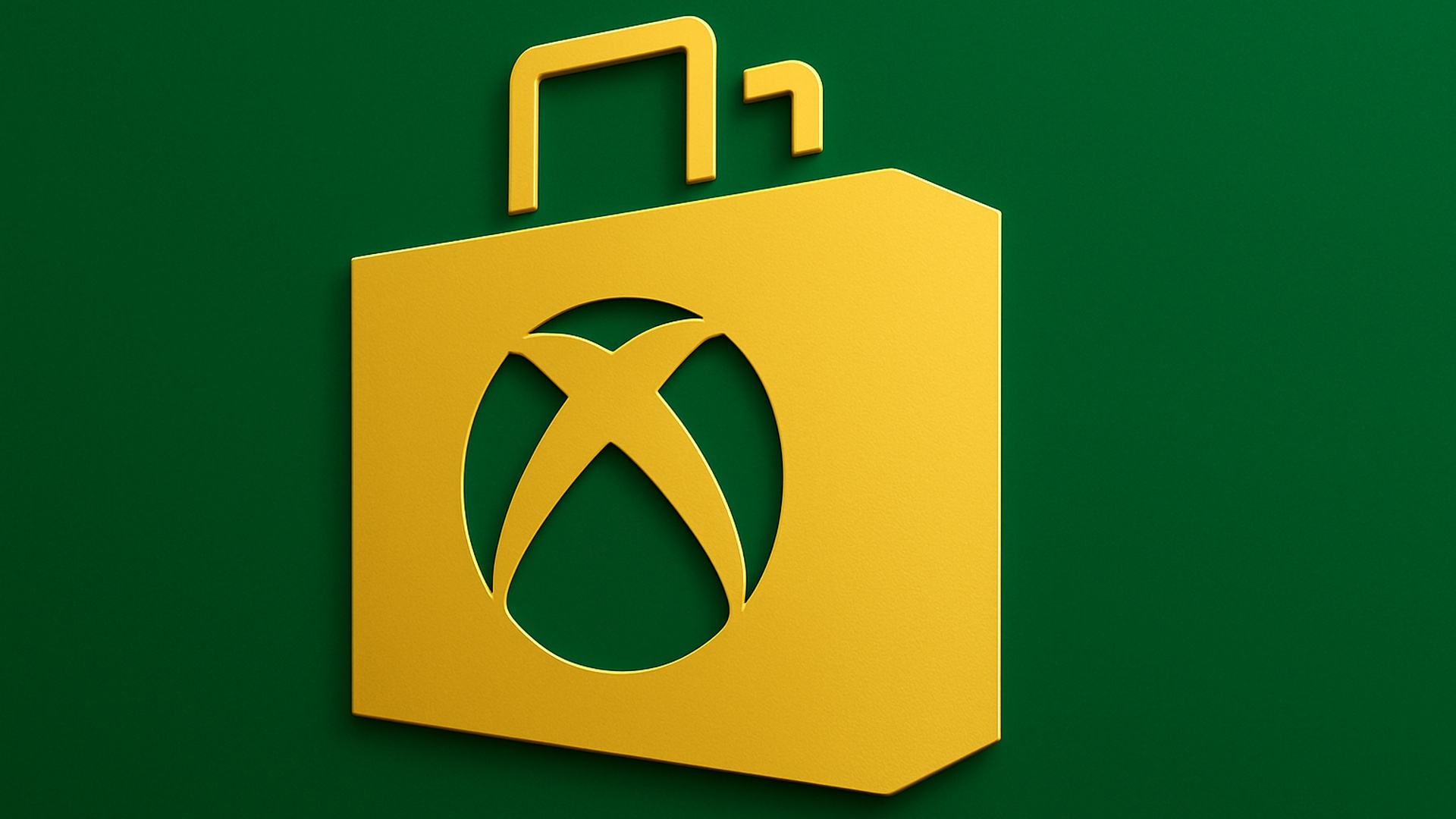We review the best and worst controllers of all time, from legendary gems to forgotten failures.
More stories in the category News
- Xbox reviews the best moments of 2025: don’t miss it
- Activision Blizzard already relied almost entirely on microtransactions before Microsoft
- Review your Xbox library, you may have some of these free games you didn’t know about
| Don't miss anything and follow us on Google News! |
The controller is the most direct connection between the player and the video game. Over the decades, we’ve seen brilliant designs that have marked generations… and others that have gone down in history for all the wrong reasons. From the unforgettable controller of the Xbox 360, considered by many to be the gold standard in ergonomics, to failed experiments like the Atari Jaguar Controller, the evolution of these devices has been filled with successes and setbacks.
This ranking reviews 42 controllers that have left their mark (for better or for worse) on the industry. The list includes the most innovative, the most beloved by players, and those that, although they didn’t shine, are part of the video game legacy. You may miss some or want to change some positions in the ranking, we’re interested in hearing your opinion and invite you to share it with us in the comments.
The best controllers in history and the worst ever made
Criteria for the ranking of historic controllers
This list has been compiled taking into account a combination of factors that I consider important:
-
Ergonomics and comfort: how well the controller adapts to long gaming sessions and its ease of use.
-
Technological innovation: new features for its time (analog stick, adaptive triggers, haptic vibration, etc.).
-
Impact on the industry: the influence it had on the design of future controllers and the gaming experience.
-
Build quality: durability of materials and precision of controls.
-
Popularity and legacy: acceptance by the community and permanence in collective memory.
-
Versatility: compatibility with different platforms and game genres.
Important: The goal is not just to reward the latest technology, but to recognize those controllers that marked a before and after in the history of video games.
-
Xbox 360 Controller (2005) – The gold standard in ergonomics and comfort, popular on consoles and PC.
-
DualSense (2020) – Adaptive triggers and haptic vibration that add real immersion.
-
Xbox Wireless Elite Series 2 (2019) – Premium materials, total customization, and perfect for competitive play.
-
Nintendo GameCube Controller (2001) – Unique and legendary design, especially in Smash Bros.
-
Nintendo 64 Controller (1996) – First controller with an analog stick and rear trigger, innovative but peculiar to hold.
-
Super Nintendo Controller (1991) – Revolutionized design with its cross and additional buttons.
-
Xbox Wireless Controller – 4th generation (2020) – Improvements in texture, grip, and precision compared to previous models.
-
Pro Controller (Nintendo Switch) (2017) – Great autonomy and comfort for long sessions on Switch.
-
DualShock 2 (2000) – Consolidated the PlayStation formula with vibration and improved analog control.
-
DualShock 4 – 1st generation (2013) – Notable evolution in comfort and features compared to the DualShock 3.
-
Wii Remote with Nunchuk (2006) – Innovative in motion control, key piece in the success of Wii.
-
Sega Dreamcast Controller (1998) – Ahead of its time with VMU and analog triggers.
-
Sega Saturn – Model 2 Controller (1998) – One of the best controllers for 2D fighting games.
-
Xbox Wireless Controller – 2nd generation (2015) – Ergonomic improvements and more resistant materials.
-
DualShock (1997) – Established the base design of PlayStation for over a decade.
-
Dual Analog Controller (1997) – First PlayStation controller with analog sticks.
-
DualShock 3 (2007) – First controller with Sixaxis sensor and vibration combined.
-
Joy-Con (2017) – Versatile and detachable, although with drift problems.
-
Xbox Wireless Elite Series 2 Core (2022) – More affordable version of the Elite 2, same precision.
-
Xbox Wireless Controller – 3rd generation (2016) – Added Bluetooth and material improvements.
-
Xbox Wireless Elite Series (2015) – High quality and customization options, precursor to the Elite Series 2.
-
Wii U Pro Controller (2012) – Good design but eclipsed by the lack of success of Wii U.
-
NES Controller (1985) – Icon of video games, but uncomfortable for long sessions.
-
Sega Genesis – Western version (1989) – Comfortable in its time, although limited in buttons.
-
Sega Genesis – Japanese version (1988) – More compact than the Western version.
-
Wii U GamePad (2012) – Integrated touch screen, but bulky and not ergonomic.
-
DualShock 4 – 2nd generation (2016) – Small improvements compared to the first version.
-
Joy-Con 2 (2025) – Improvements over the originals, pending evaluation of durability.
-
Pro Controller 2 (2025) – Evolution of the Switch Pro Controller, impact still to be evaluated.
-
Classic Controller Pro (2009) – Nintendo’s attempt at a more traditional controller on Wii.
-
Sega Saturn – Model 1 Controller (1994) – Less refined than the Model 2.
-
Sixaxis Controller (2006) – Without vibration and with limited functions.
-
DualShock PS One edition (2000) – Aesthetic variant of the original DualShock.
-
Sega Master System Controller (1986) – Simple, but with little ergonomics.
-
Classic Controller (2006) – Useful for Virtual Console, but not very comfortable.
-
Steam Controller (2015) – Innovative but with a difficult learning curve.
-
Xbox Original Controller S (2002) – Notable improvement over the large Duke.
-
Atari 2600 Controller (1977) – Historic but extremely basic.
-
Xbox Original/Duke Controller (2001) – Giant and not ergonomic.
-
Atari Jaguar Controller (1993) – Questionable ergonomics and overloaded with buttons.
-
Atari 5200 Controllers (1982) – Famous for its lack of durability.
-
Atari 7800 Controller (1986) – Uncomfortable design.
This ranking shows that the design of a controller can be just as important as the game itself. And while preferences will always be personal, it’s clear that there are models that have marked a before and after in the way we play.






